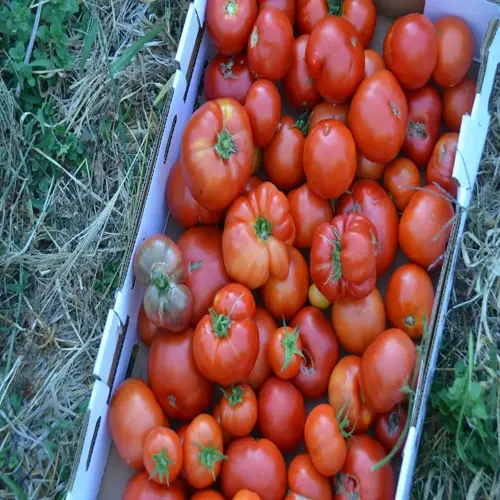Can aeration fix uneven lawn surfaces?

Written by
Benjamin Miller
Reviewed by
Prof. Samuel Fitzgerald, Ph.D.Aeration is helpful when restoring uneven lawns, but it's not the entire leveling solution. Aeration opens up the soil, but doesn't lift low areas. You can add topsoil in the low regions after aeration. The aeration holes help the new topsoil blend into the existing soil, making the surface even sooner.
For substantial leveling results, use aeration with a topdressing. After aerating your lawn areas, spread a one-half-inch layer of sand-soil mix on low spots. Leveling rake to distribute the soil mix. The aeration holes facilitate the mixing of new sand and soil with the existing ground, rather than creating a layering separation. I employed the same process to level out my bumpy backyard.
Preparation Phase
- Aerate lawn thoroughly in two directions
- Mow grass slightly shorter than usual
- Identify low spots with string level
Application Technique
- Spread topdressing mix (70% sand/30% soil)
- Fill depressions gradually in thin layers
- Work material into aeration holes with broom
Seeding & Care
- Overseed immediately after leveling
- Water gently multiple times daily
- Delay mowing for 3 weeks
The aeration holes function like anchors for the new topsoil. They are channels that allow grass roots to grow into both the old soil and the new topsoil. This promotes a continuous and cohesive root system that anchors the surface. If you apply topdressing without aeration, the topdressing will typically remain a distinct layer and move over time.
The timing is important for effective leveling. Aerate during the time of peak growth for your specific grass - fall for cool season grasses and spring for warm season types. Level the soil when it is slightly moist, not wet. Avoid doing this when it is hot in the summer and the grass is not yet established.
Look for slow but steady progress instead of perfect right away. Leveling bumpy spots takes multiple applications over multiple seasons. Start by applying thin layers every 4-6 weeks during the growing season. Don't worry, your lawn will become smoother without harming the existing grass. Patience pays off for the best long-term results.
Read the full article: How to Aerate Lawn: The Complete Guide

